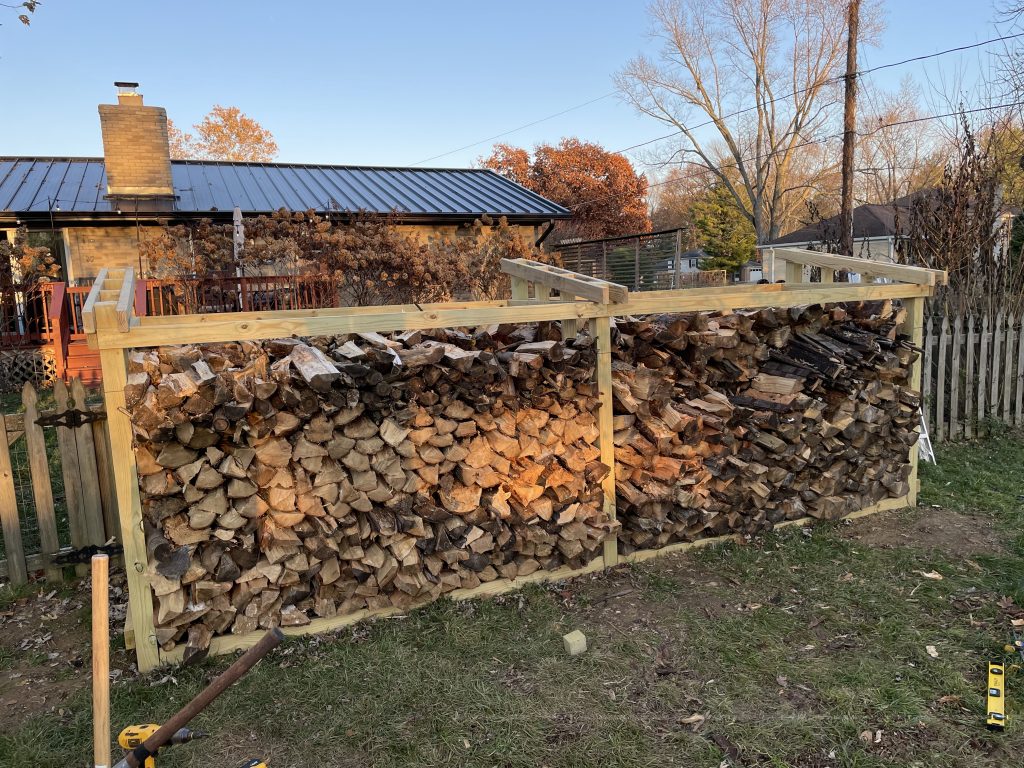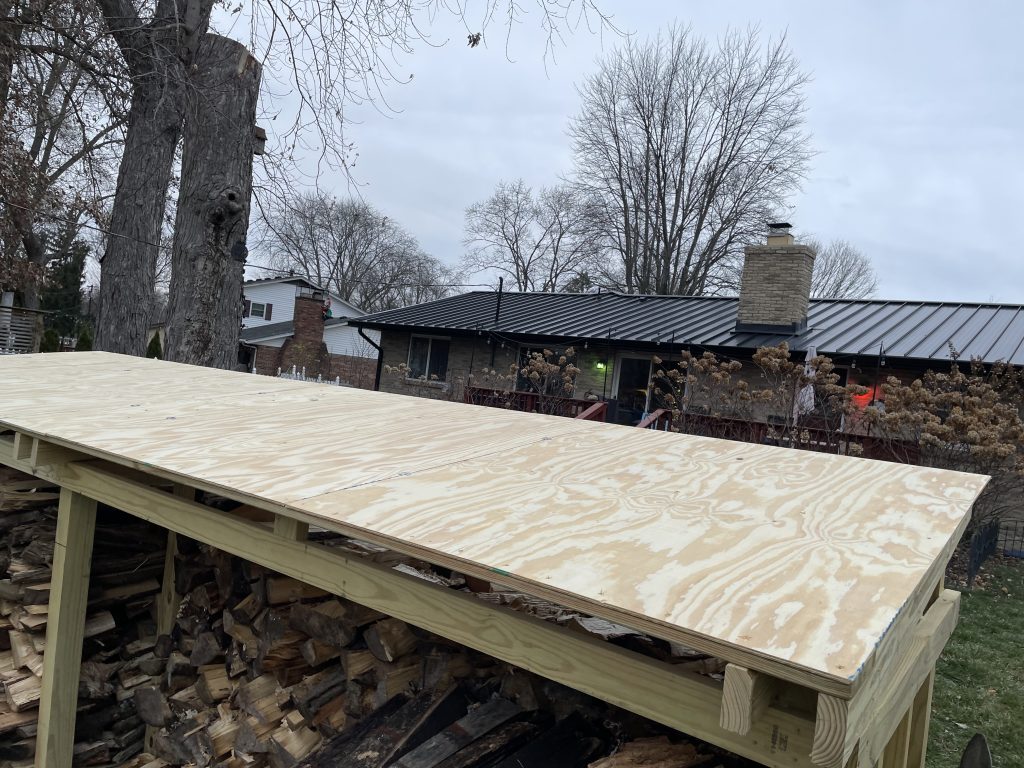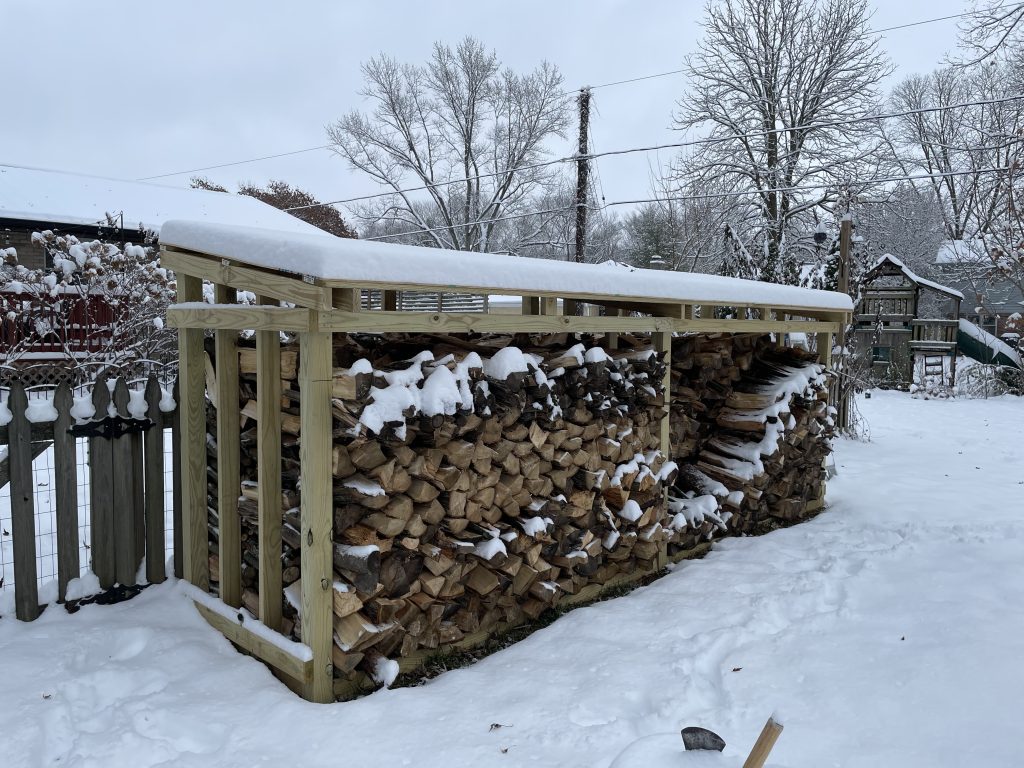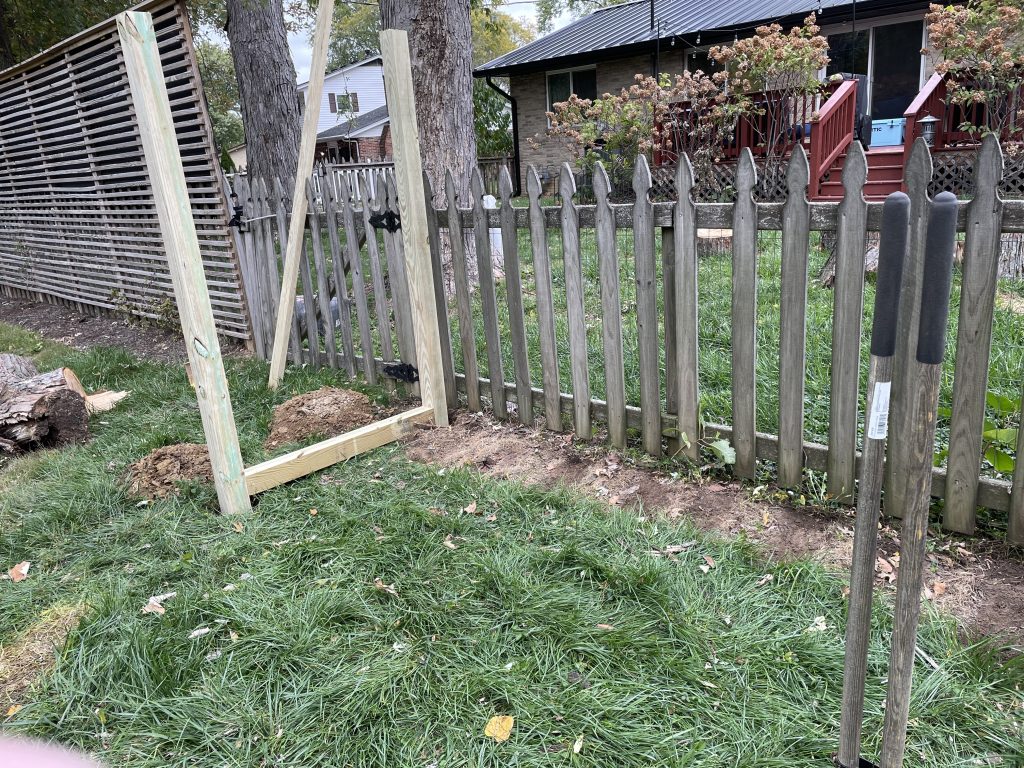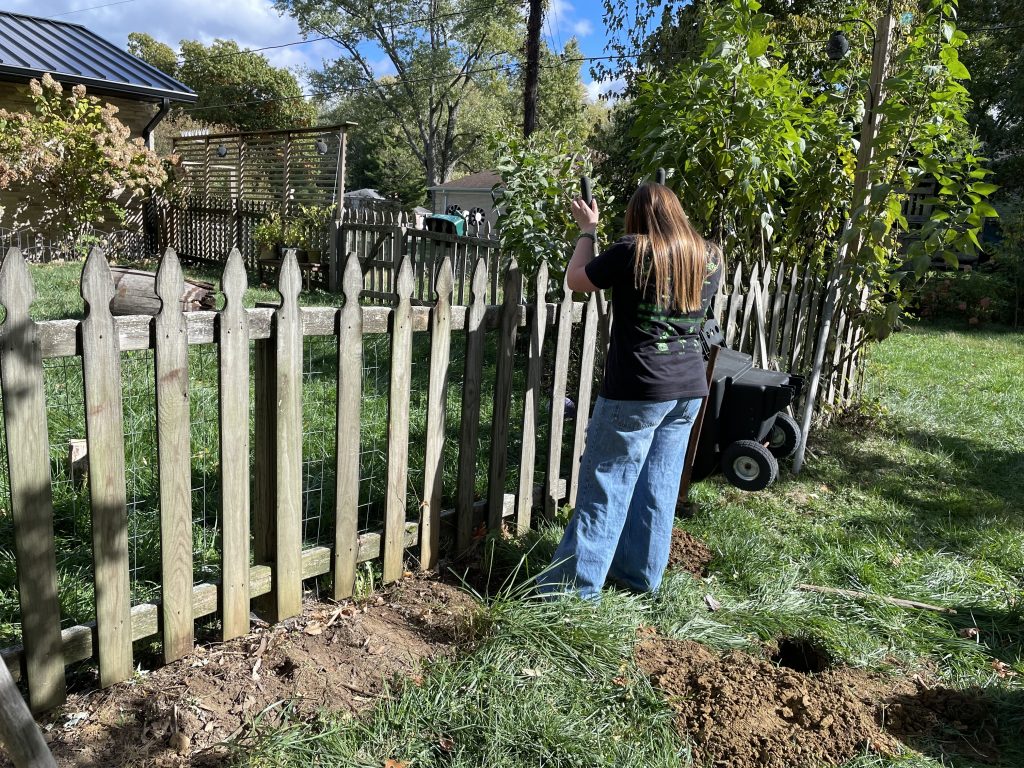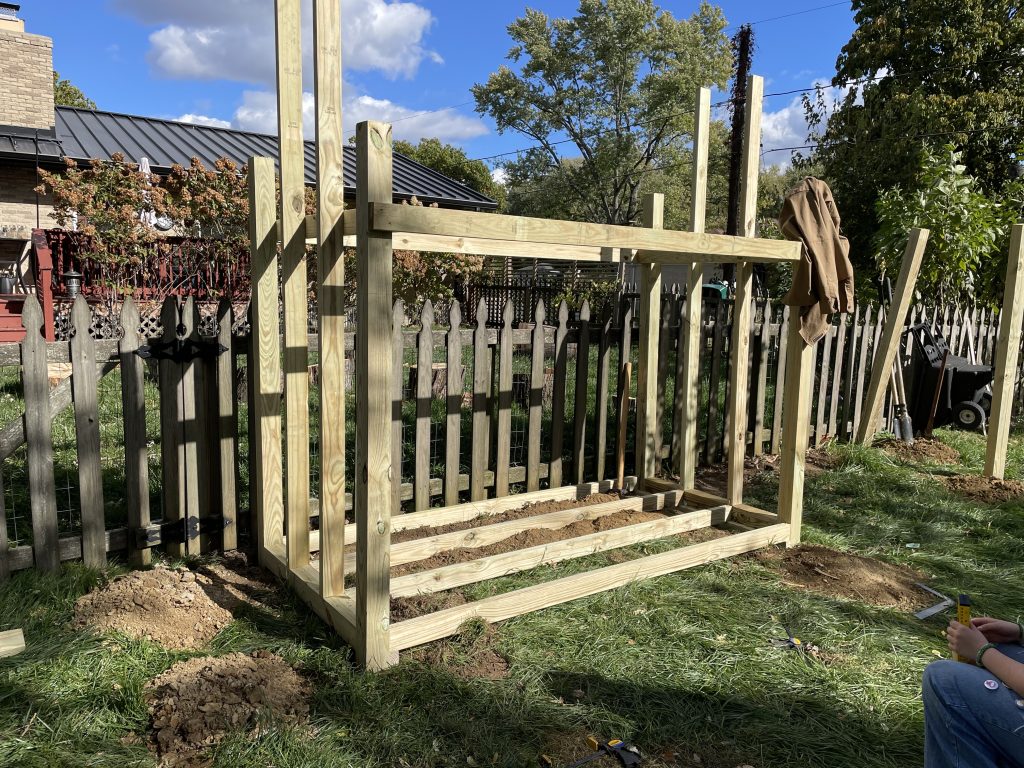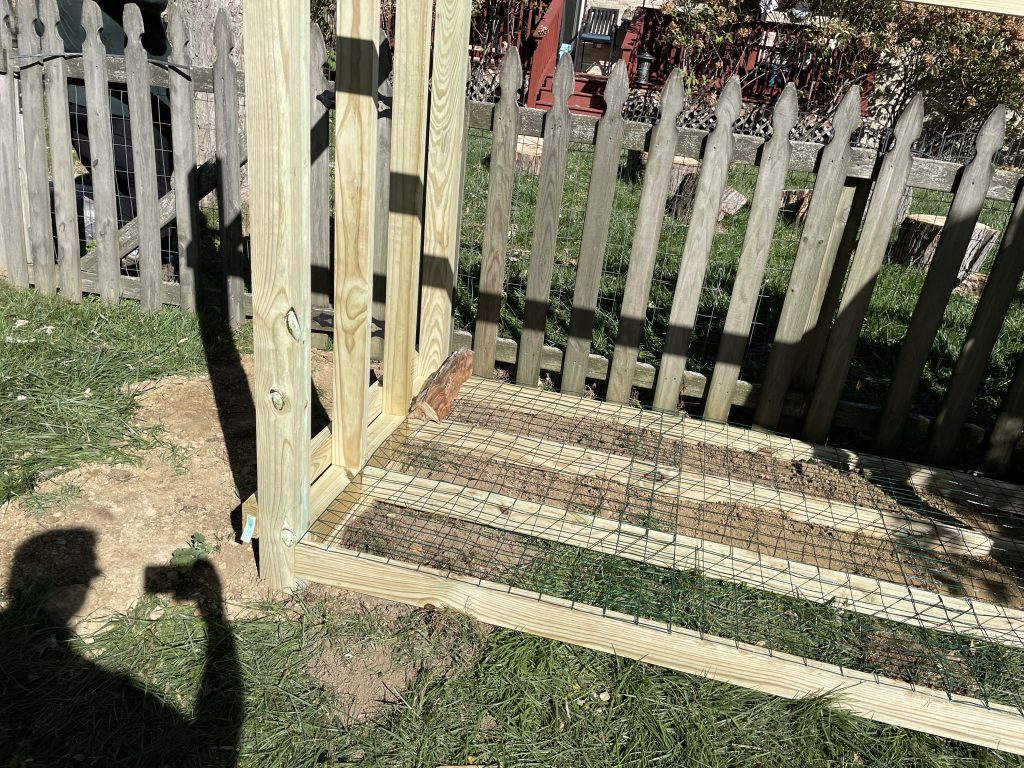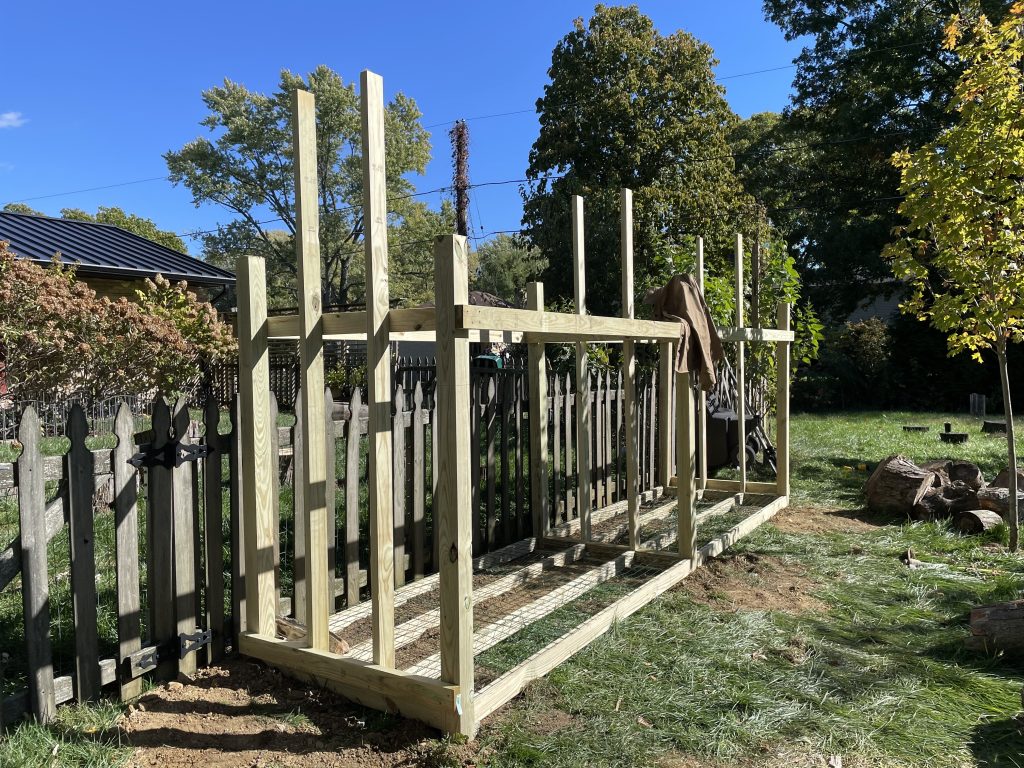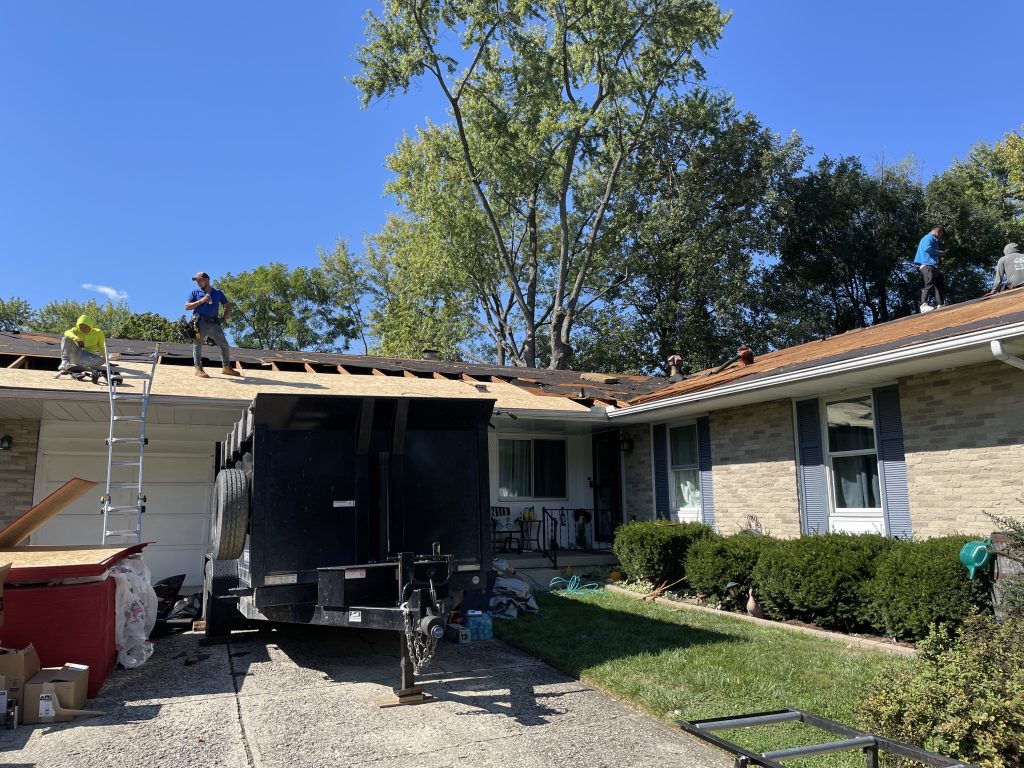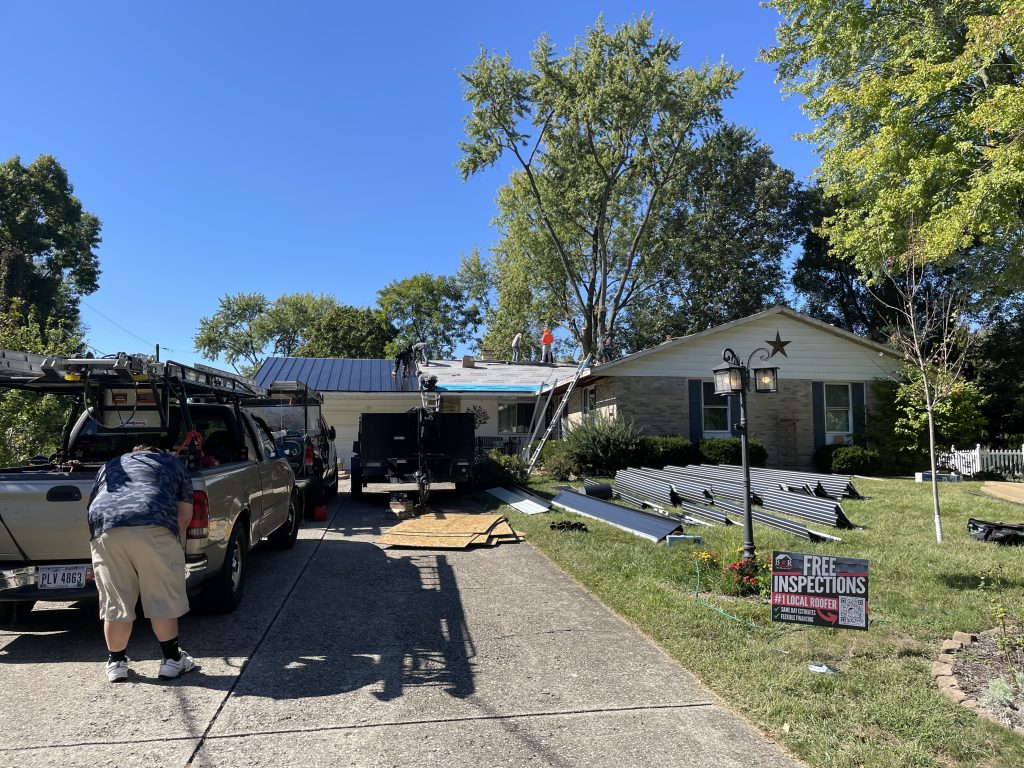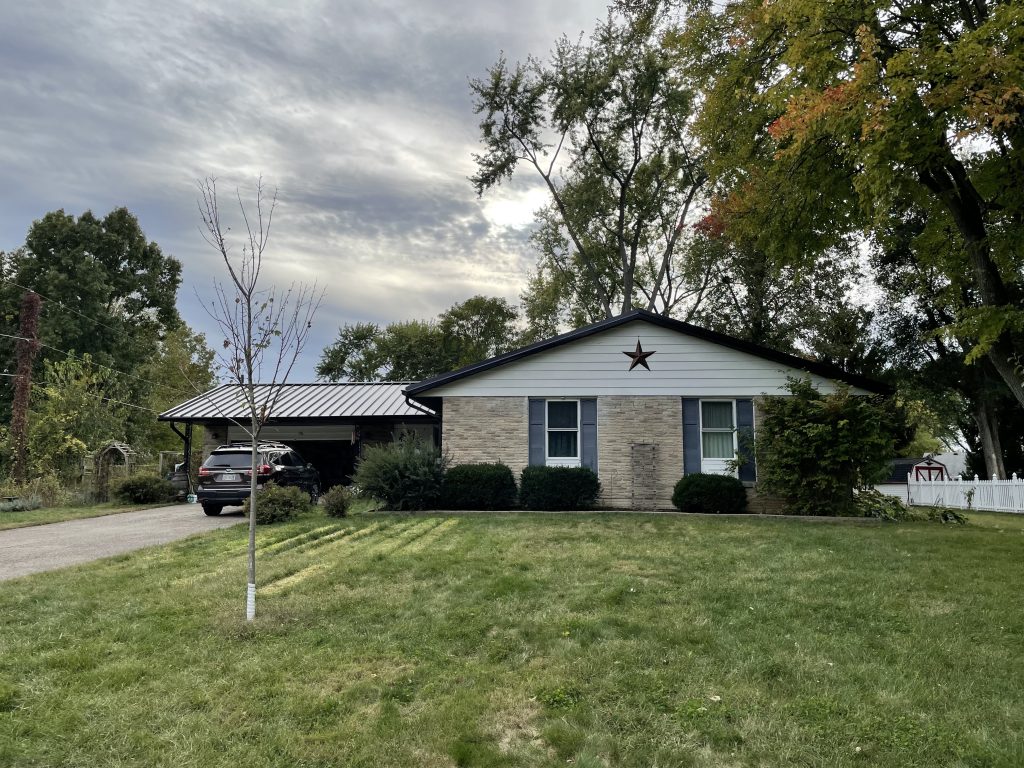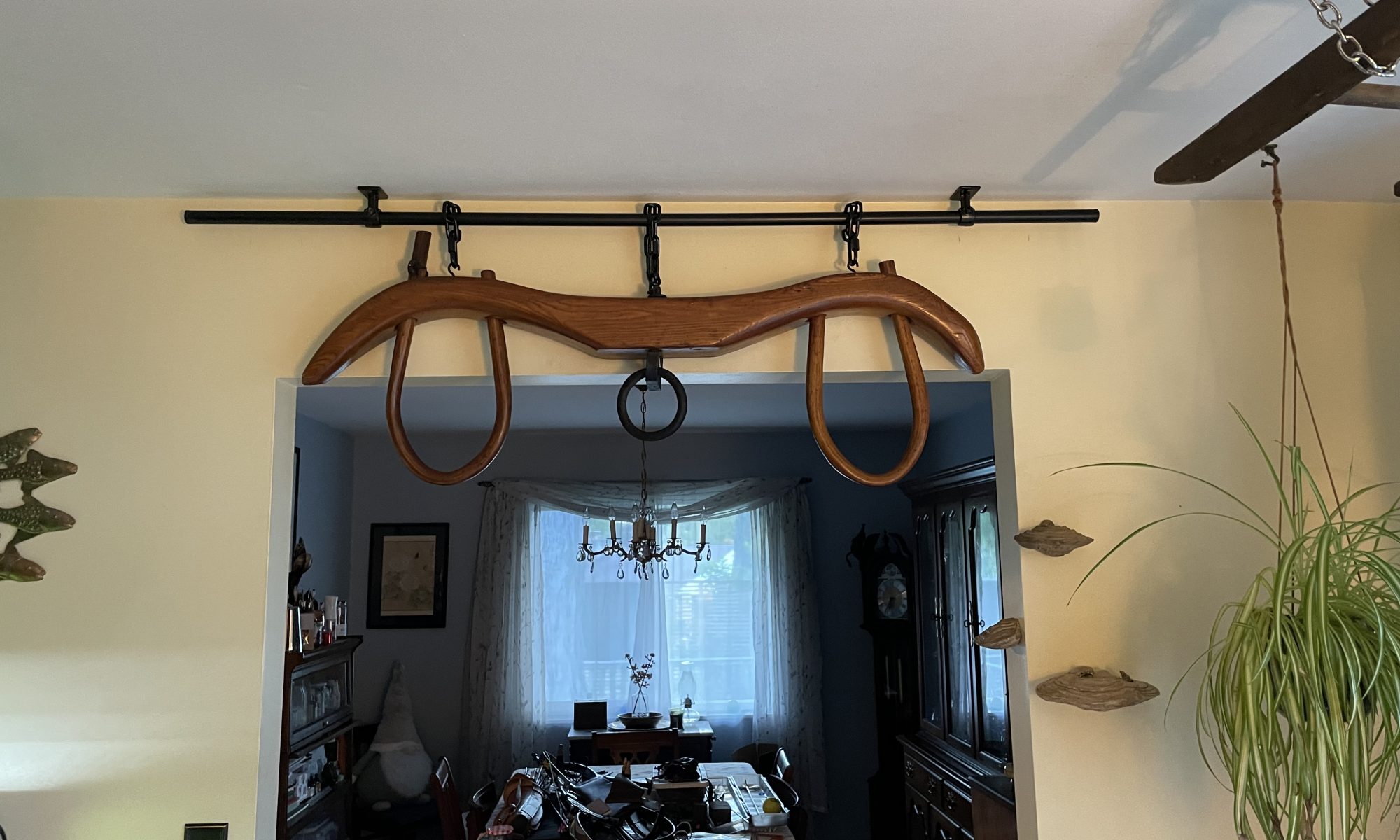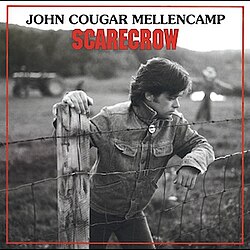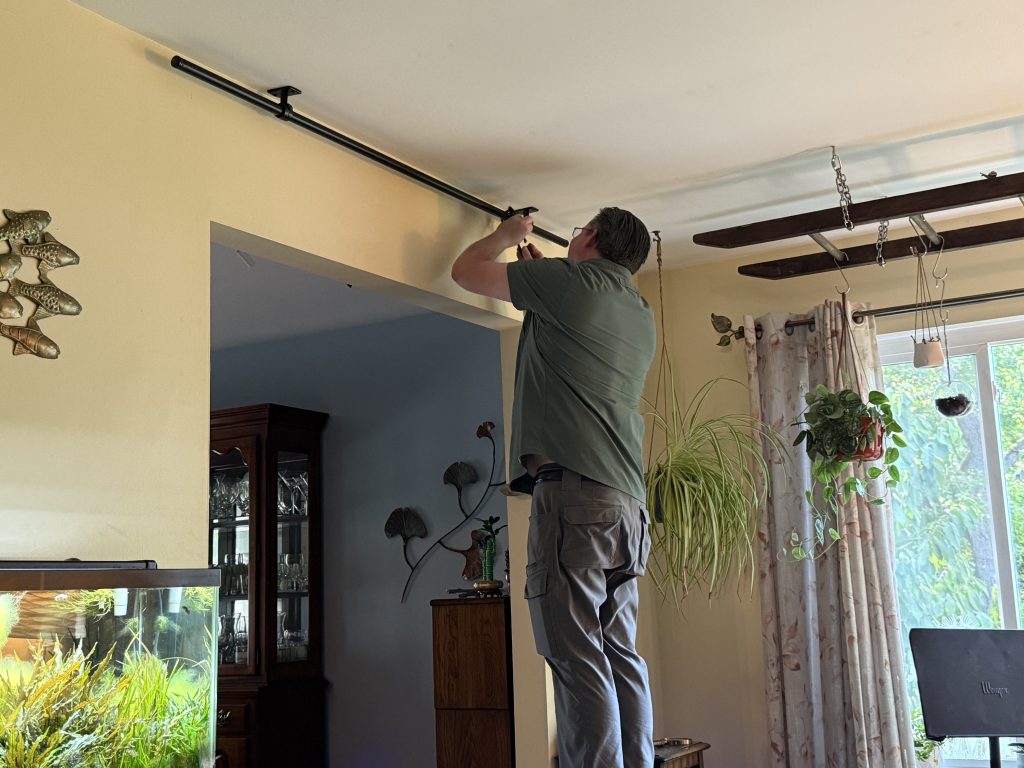A weeknight wound down. I was drifting into pleasant unconsciousness, in an uncharacteristic moment of mental serenity. The mind was not stressing over the next day’s hellscape, nor the kid’s academic performance, nor whatever unfortunate event would drain my finances next before I had sufficient time to replenish them. Liz sensed this, and mentioned, in such a casual tone, that oh yeah! – something’s leaking in the basement.
To date, here’s what’s leaked in the basement:
- The aquarium, x3: powerhead wiggled off its mount and sprayed water out of the tank; gasket on the filter cracked; gasket on the CO2 diffuser wore out.
- Crappy former homeowner repair on the kitchen sink drain.
- Wash machine drain backing up.
- I overflowed the coffee pot.
Each of these resulted in varying degrees of water damage. Ergo, to determine the level of severity and therefore the immediacy of action required, I asked some pointed questions, such as: “Where?” and “What?”. To which I received vague and somewhat unconcerned answers.
All right then, everyone out of bed! Trifle not with leaks.
Of course, nothing at that moment was leaking, so I performed a cursory inspection of the usual suspects. The aquarium was being good, and I’m happy to say that my kitchen sink plumbing repair was still in working order. So, I started turning on faucets.
Eventually, a small drip appeared in the laundry room. Following the path of gravity, which is generally straightforward, I was led here:

This was the copper drain line from the kitchen sink. At least it was unpressurized gray-water. But why would it start leaking now? The answer, as you might guess, was once again attributed to some dumbass thing a prior homeowner must have done.
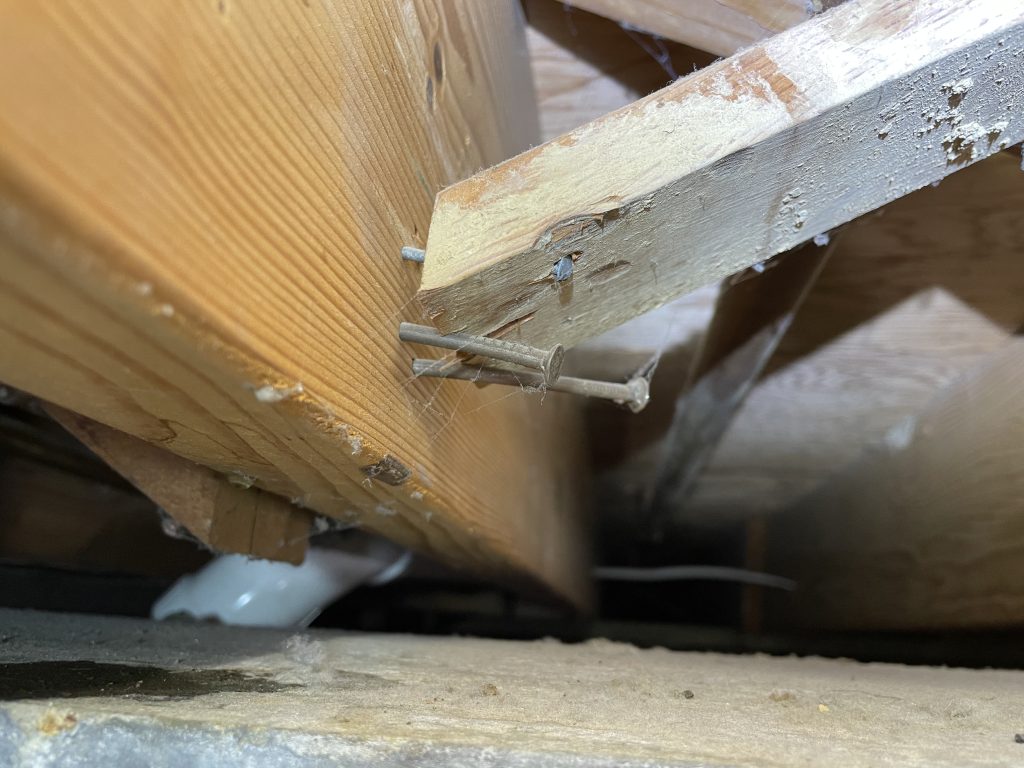
This cross-beam joist support had apparently become detached, and someone partially hammered in extra nails to keep it from falling – not that it was doing anything at that point anyway. If there’s no lateral pressure from the joists, then it serves no function and should have just been pulled down when it separated. Instead, a barbarian with a hammer decided upon a more violent approach. Which led to…
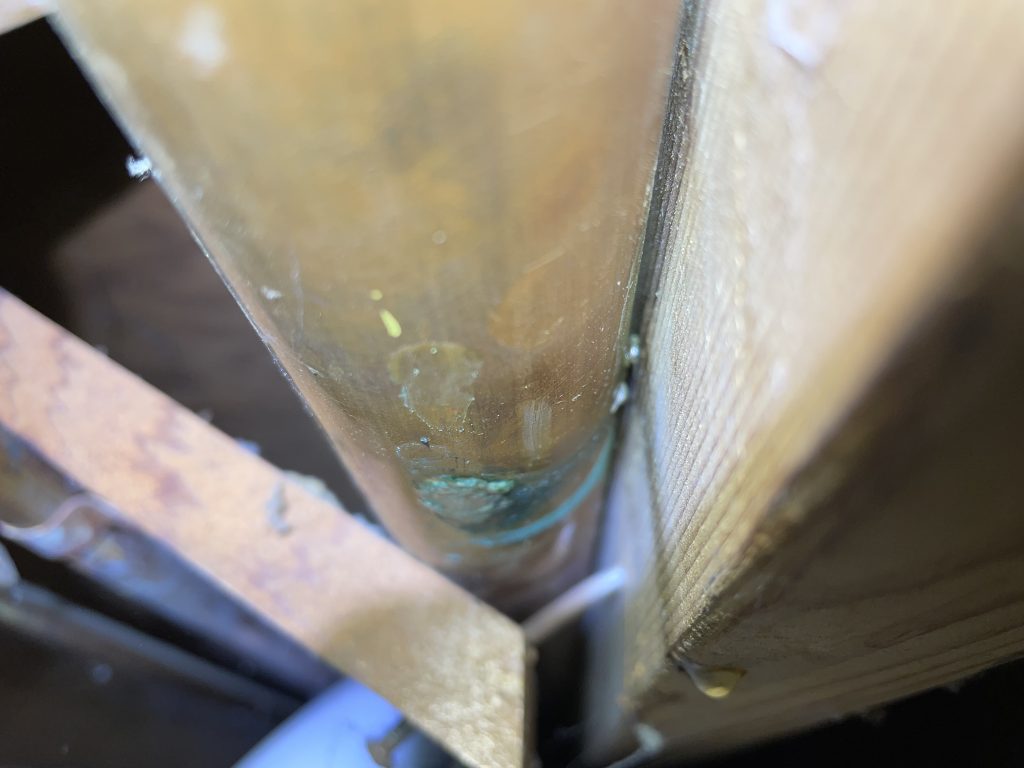
…a punctured pipe.
I’m guessing that the only reason we’re seeing the leak now is that the nails had previously corroded to form a seal, but have now eventually corroded to the point where that seal is broken. I think I’ll pull the nails out and attach a rubber seal with a hose clamp, since there’s really no way to access the pipe for soldering without total disassembly. Then maybe someone else will complain about my own haphazard repair, but that will be minor in comparison to this boneheaded lack of attention to detail.
And maybe, this type of matter might be brought to my attention during waking hours in the future. Hmmmm……?
–Simon

